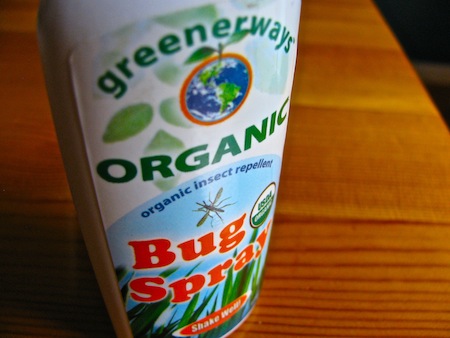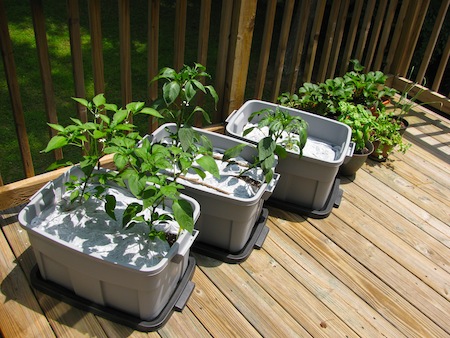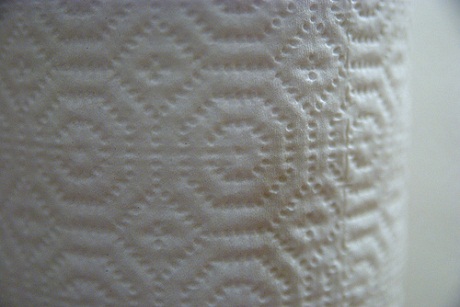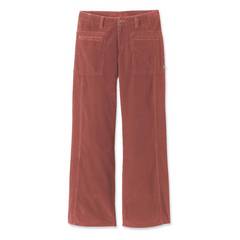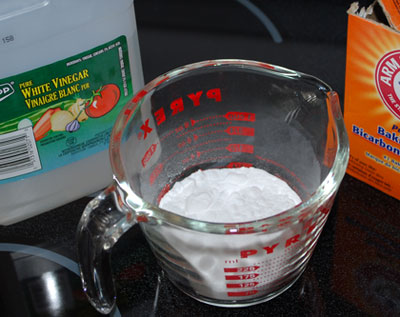
We all know that having a long, MSDS sheet-sounding name doesn’t necessarily mean something is bad. Take dihydrogen monoxide, for example (it’s water).
But what about when the opposite happens, with seemingly harmless ingredients that can actually be irritating, contain higher emissions than you’d think or are otherwise not so enviro-friendly? How do you know the difference? It’s a great question, really (and as an enviro-nut, a fascinating one to me): is your “green” cleaner really green – and is all-natural always better?
Here’s a quick sample of some common “green” cleaning ingredients to watch for and why they might not be as healthy as you think. (Please note that this is NOT a comprehensive list of cleaning ingredients; always check ingredients for safety issues.)
D-limonene – Typically, this is shortened to lemon oil for marketing purposes, though it can be another citrus oil. Lemons seem harmless enough, but limonene, which is a terpene, is volatile and can be a skin irritant. In addition, if used as a spray, it may mix with particles in the air to form formaldehyde, a carcinogen.
Ethanol – You drink it, right? So how bad can it be in a cleaner? Well, it may be flammable, for starters. Use great care in using this product around sources of high heat. Ethanol is also a real problem if swallowed, obviously, so if you choose ethanol-containing cleaning products, keep them well out of the reach of children and pets.
Perfume – Don’t even ask. Actually, let me amend that: do ask. Call or e-mail the manufacturer to find out exactly what the perfume is and how it was derived. If the company won’t give you that information, keep looking down the cleaner aisle.
Sodium Lauryl Sulfate (SLS) – Don’t “a-ha!” so fast: here’s a common sudsing agent that may give us less to worry about than we thought. Yes, SLS is harsh as a cleaning agent and can definitely be an irritant. But OSHA has cleared its former negative indictment of being a “potential carcinogen.” Snopes has some good information on this; check it out.
Cinnamon Oil – Another ingredient that may hurt more than it helps. Cinnamon sounds just so innocent, doesn’t it? (Not to mention yummy.) But cinnamon added either as an oil or as a dry ingredient added to a wet cleaner can actually cause skin burns. Ask me how I know this (ouch). Watch out and use gloves. And don’t eat a cinnamon stick whole. That’s another story I’m not going to tell!
Borax – Borax, or sodium borate, is commonly used as an ingredient in laundry detergent, and is also used in pottery, toothpaste and soap. It’s also an effective anti-fungal, and a large amount turns it into a herbicide. Many people confuse borax with boric acid, which is a mild insecticide. All these “-cide” properties makes it a less-than-kind cleaner for the environment, but it is safe if used properly. In years past it was used in food preparation, but ingesting a teaspoon is enough to seriously harm a young child, so definitely don’t store it in your pantry! I would stay on the safe side and not use it in a homemade dishwasher recipe, either.
Some Go-To Green Housecleaning Recipes
If you love concocting your own cleaning products, here are two I rely on, and they’re so easy:
Simple Household Disinfectant
- 2 c. water
- 18-25 drops tea tree oil (depending upon the strength you want)
- 2 tbsp. castile soap powder
Pour the water into a spray bottle. Add the soap; shake very well, about 2-3 minutes. Add the tea tree oil and very gently shake. Use a small amount on surfaces at first so you know whether the product will be gentle enough not to harm the finish.
Baking Soda Paste Stain Remover
- 1 tbsp. baking soda
- 2 tbsp. water
This works particularly well on porcelain counters. For a more stubborn stain, use a little less water for a thicker product. Mix baking soda and water together and rub gently on stain; allow to sit 10-15 minutes. Wipe away carefully so as not to harm finish.
Oven Cleaner
In the evening, liberally apply baking soda in the oven, then spray with water. In the morning (or after 8 hours), wipe clean. For really tough stains, mix baking soda and vinegar, and wipe after a few minutes. I actually line the bottom of the oven with tin foil (reflective side up), and replace when necessary.
As always, enjoy and be well!
Chris Molnar is a writer and volunteers for a variety of environmental organizations, and is a work at home Dad of two children. On the lighter side, he edits Themeaparty.com, a birthday party website for kids. All his cleaners are homemade concoctions – one tip is to NOT use too much dish soap on a tile floor recipe. It took three rinses before most of the suds were finally wiped clean!

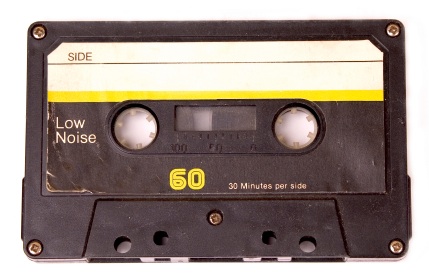

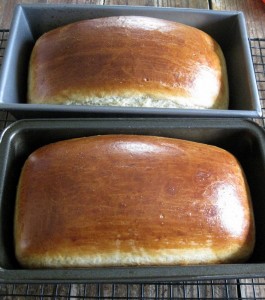

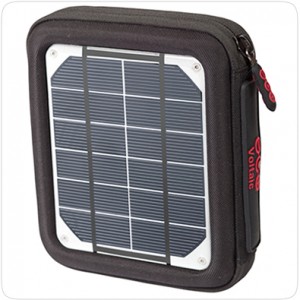
 My Poor Baby
My Poor Baby